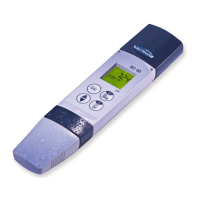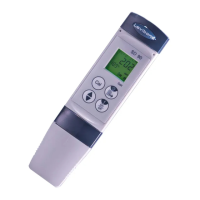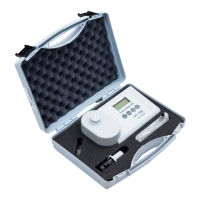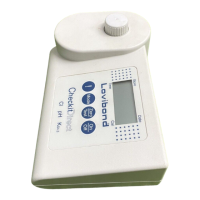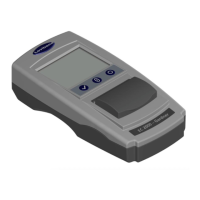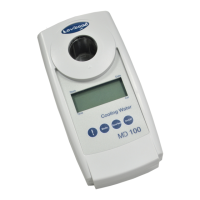6.6 Salt content measurement/ salinity measurement
In the measurement mode "SAL", the salinity (salt content) of seawater can be determined
(ref: International Oceanographic Tables; IOT). Standard seawater has a salinity of 35 ‰ (35
g salt per 1 kg seawater).
The display normally is normally shown in ‰ (g/kg) without units.
Similarly useful is the identifier "PSU" (Practical Salinity Unit); the display for this is identical.
The salinity measurement has automatic temperature compensation, which may cause some
menu settings to be ignored.
Attention: The salt composition of different seas is not identical. Considerable deviations
from the 35 ‰ according to IOT arise due to location, weather, tides, etc. The salt
composition can also influence the relationship of the salinity display to the actual salt
quantity present.
Corresponding tables are available for many salts in seawater aquariums (salt weight
to salinity according to IOT and/or conductivity). Precise salinity measurements can
be performed in consideration of these tables (we recommend graphite 4-pole
measurement cells LC 12 or LC 16).
6.7 Electrodes/ measurement cells
6.7.1 Bayonet connection assignment
Device connection
1: Electrode I+
2: Electrode U+
3: Electrode U-
4: Electrode I-
5: Temperature sensor
6: Temperature sensor
7: not assigned
6.7.2 Setup and selection
As a basic rule, there are two different types of measurement cells: 2-pole and 4-pole measure-
ment cells. The control and/or evaluation takes place in a similar manner. The 4-pole measure-
ment cells can compensate for polarisation effects and contamination to a certain degree.
2-pole measurement cell 4-pole measurement cell
